New
Last
Ten Fascinating Archeological Sites to Study
1. Machu Picchu, Peru
An iconic Incan city set high in the Andes Mountains, offering insights into Incan architecture, astronomy, and religious practices.
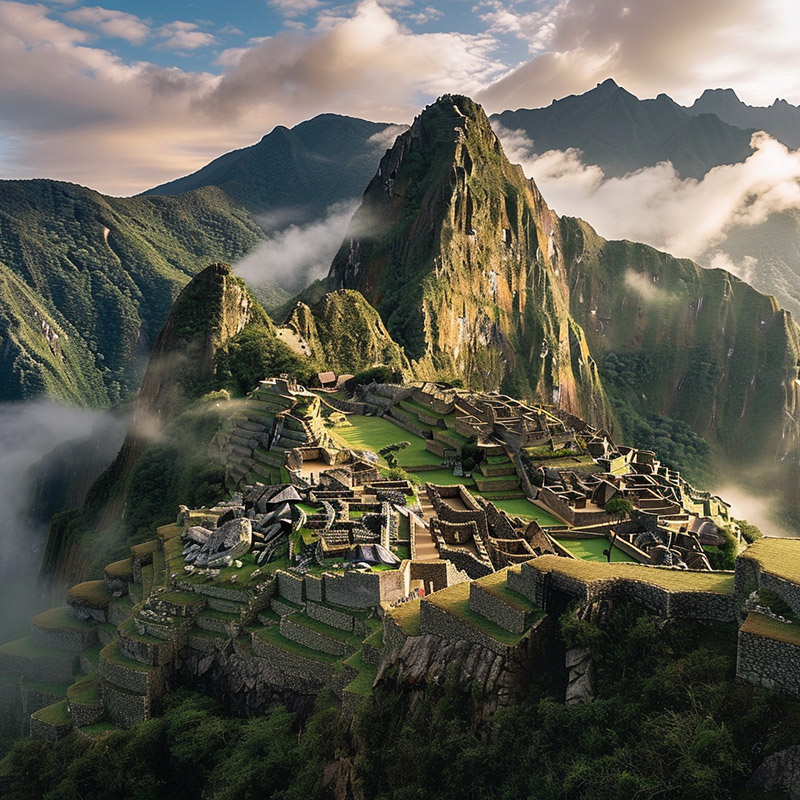
Studying the Archeology of Machu Picchu
The study of Machu Picchu reveals insights into the Incan empire's architectural prowess, agricultural practices, and astronomical observations. Researchers are fascinated by how the Incas constructed a city in such a challenging landscape, their use of advanced engineering techniques, and the site's role as a ceremonial center or royal estate.
2. Petra, Jordan
An ancient Nabatean city carved into red sandstone, revealing the ingenuity of Nabatean water management, trade networks, and architectural mastery.
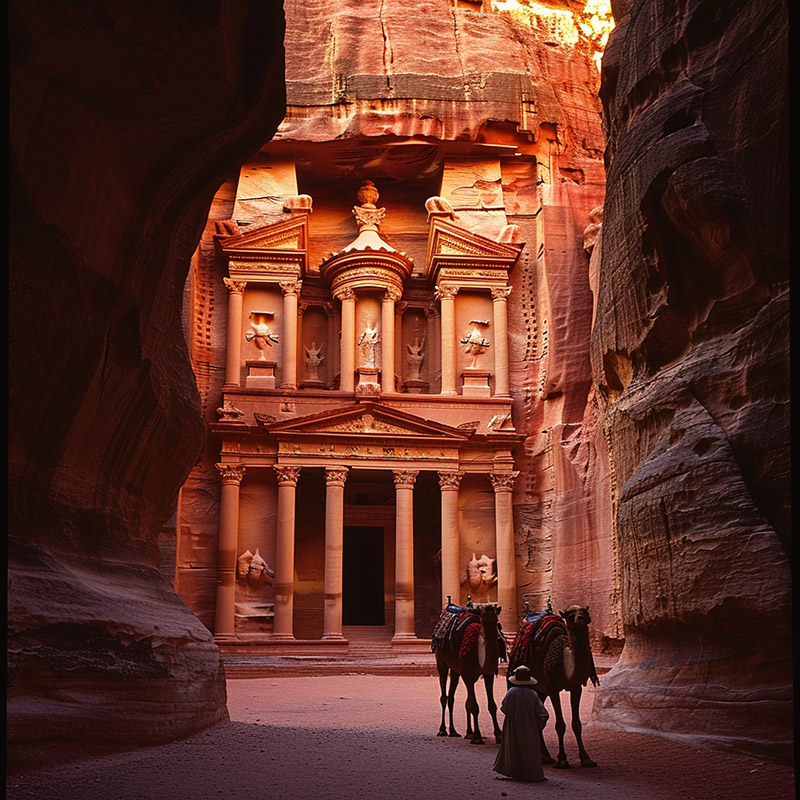
Studying the Archeology of Petra
Research into Petra uncovers the sophistication of Nabatean hydro-engineering, their cultural amalgamation from Arab and Hellenistic influences, and their prowess in carving an entire city out of rock. The study of Petra's trade networks further enlightens us about the interconnectedness of ancient civilizations.
3. Pyramids of Giza, Egypt
One of the Seven Wonders of the Ancient World, these pyramids are monumental tombs for Egyptian pharaohs, reflecting ancient Egyptian beliefs in the afterlife and their architectural skills.
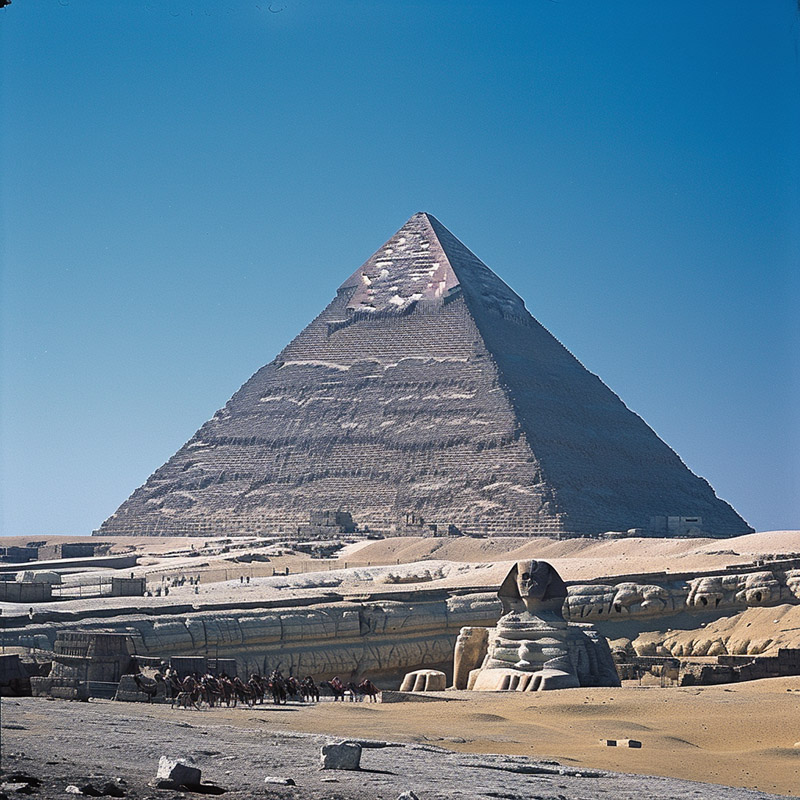
Studying the Archeology of the Pyramids of Giza
The pyramids are an enduring subject of study for their construction techniques, purpose, and the societal organization of Egypt at the time. The precision in their alignment with celestial bodies and the engineering methods used, without modern machinery, continue to intrigue researchers and challenge our understanding of ancient technologies.
4. Stonehenge, England
A prehistoric monument whose massive standing stones are aligned with celestial events, providing clues to the beliefs, ceremonies, and astronomical knowledge of Neolithic and Bronze Age peoples.
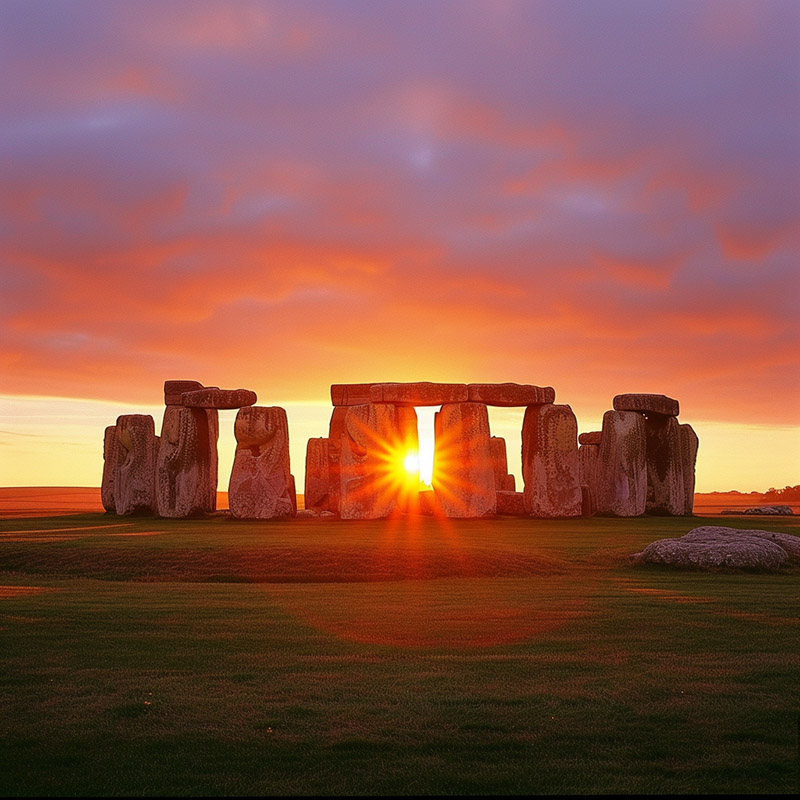
Studying the Archeology of Stonehenge
The research into Stonehenge explores its purpose, construction methods, and the people who built it. Theories range from an astronomical observatory to a religious site. Recent discoveries of nearby Neolithic settlements and burial mounds add layers to our understanding of the site's significance.
5. Angkor Wat, Cambodia
The largest religious monument in the world, originally constructed as a Hindu temple and later converted into a Buddhist temple, showcasing the art and architecture of the Khmer Empire.
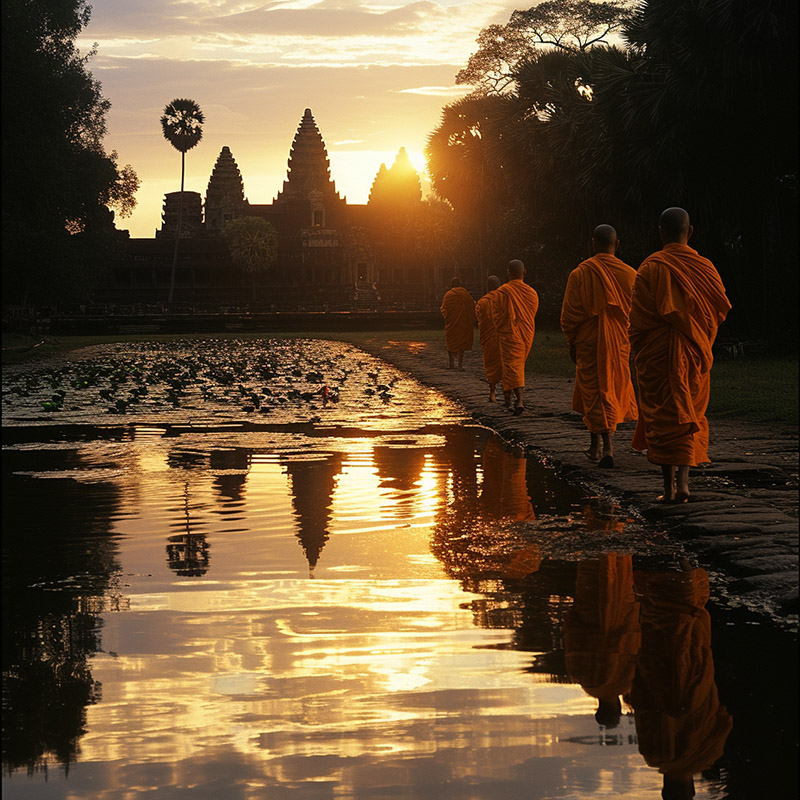
Studying the Archeology of Angkor Wat
Studies of Angkor Wat and the surrounding Angkor complex shed light on the Khmer Empire's social, religious, and hydraulic systems. The temple's alignment and architectural symbolism are subjects of fascination, as are the causes behind the empire's decline, including climate change and water management issues.
6. Pompeii, Italy
An ancient Roman city preserved by volcanic ash from Mount Vesuvius, offering an extraordinary snapshot of Roman life, art, and architecture.
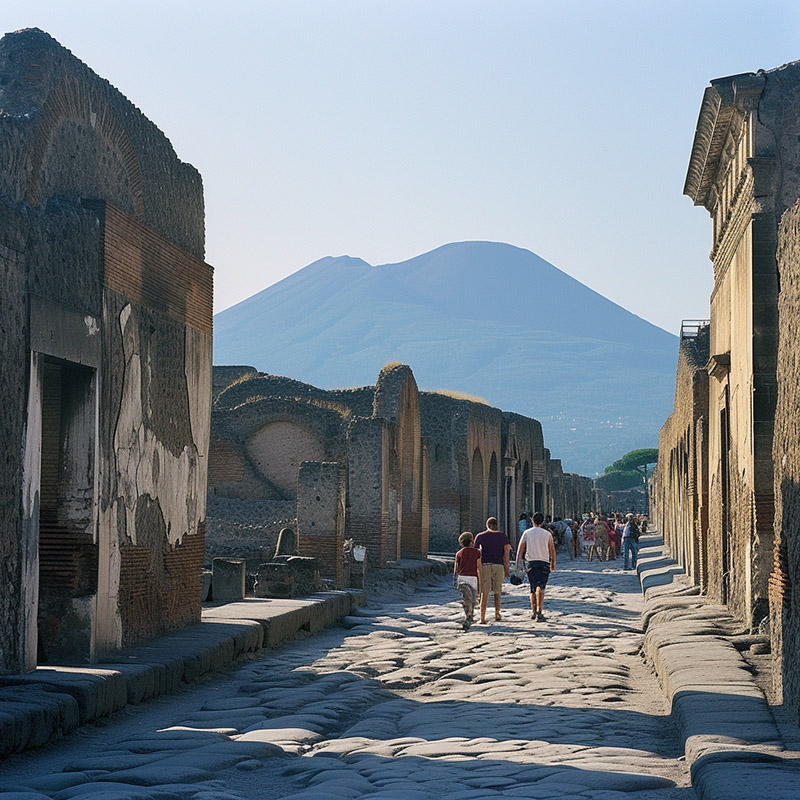
Studying the Archeology of Pompeii
The excavation of Pompeii offers an unparalleled snapshot of Roman daily life, urban planning, and society. Research into the casts of victims, graffiti, and artifacts provides personal narratives against the backdrop of the Roman Empire, making it a deeply human site to study.
7. Teotihuacan, Mexico
Once the largest city in the Americas, featuring the Pyramid of the Sun and the Pyramid of the Moon, Teotihuacan provides insight into the urban planning and religious practices of its time.
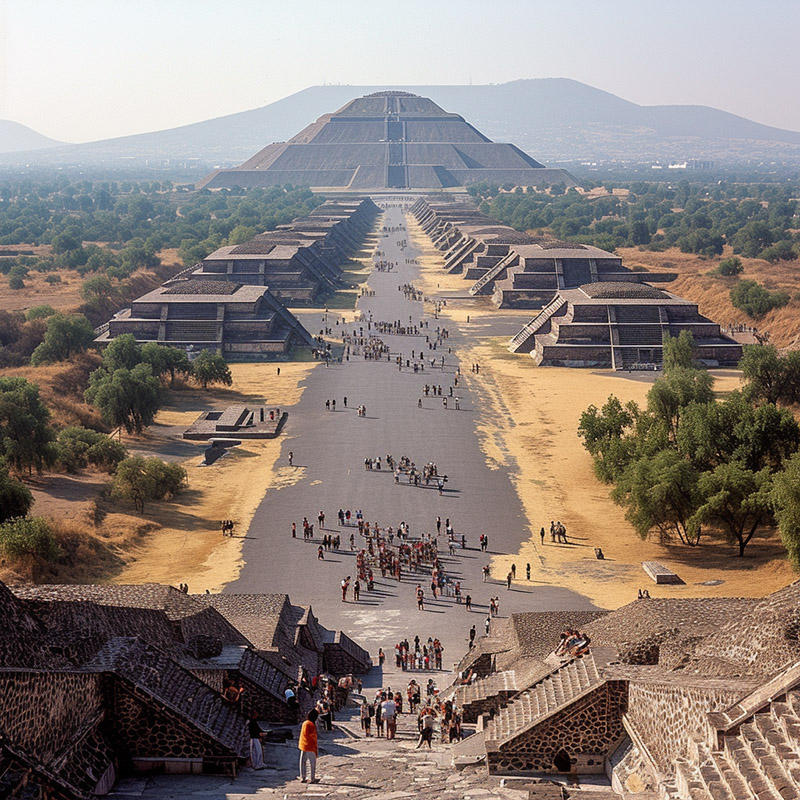
Studying the Archeology of Teotihuacan
Investigating Teotihuacan helps understand the Mesoamerican religious beliefs, urban layout, and economic systems. The mysterious decline of this once-flourishing city intrigues researchers, as do its cultural influences on subsequent Mesoamerican civilizations.
8. Terracotta Army, China
Thousands of life-sized terracotta figures buried near the tomb of China's first emperor, Qin Shi Huang, representing the emperor's armies and demonstrating the craftsmanship of ancient Chinese artisans.
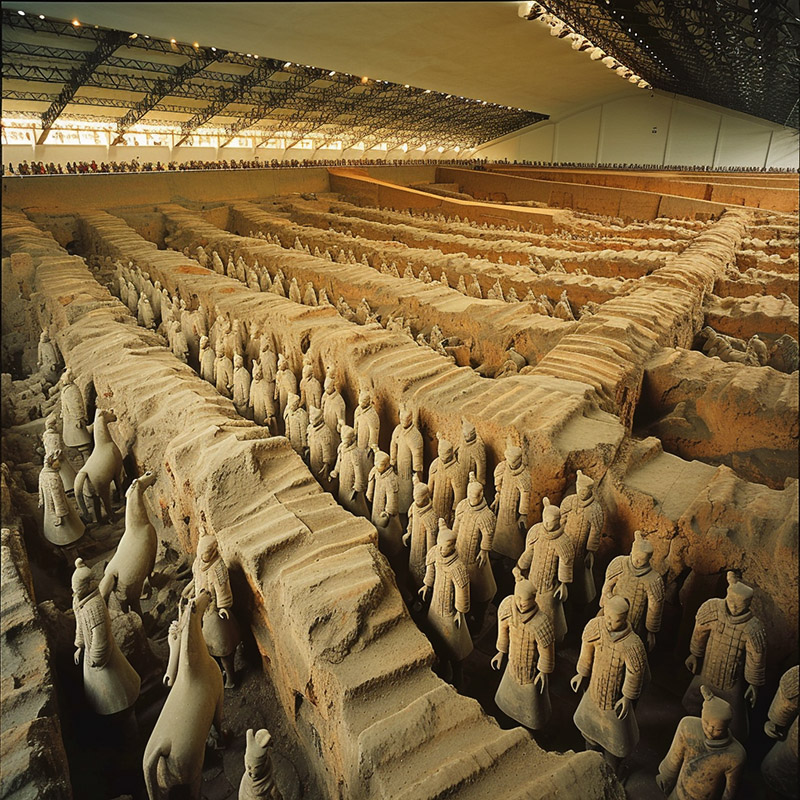
Studying the Archeology of the Terracotta Army
The Terracotta Army offers insights into Qin Shi Huang's reign, ancient Chinese military formations, and craftsmanship. Research into the individualized features of the statues suggests a remarkable level of artistic achievement and social organization during the Qin dynasty.
9. Mesa Verde, USA
Home to well-preserved Ancestral Puebloan cliff dwellings, offering a view into the life of the Ancestral Puebloans who lived in the area from AD 600 to 1300.
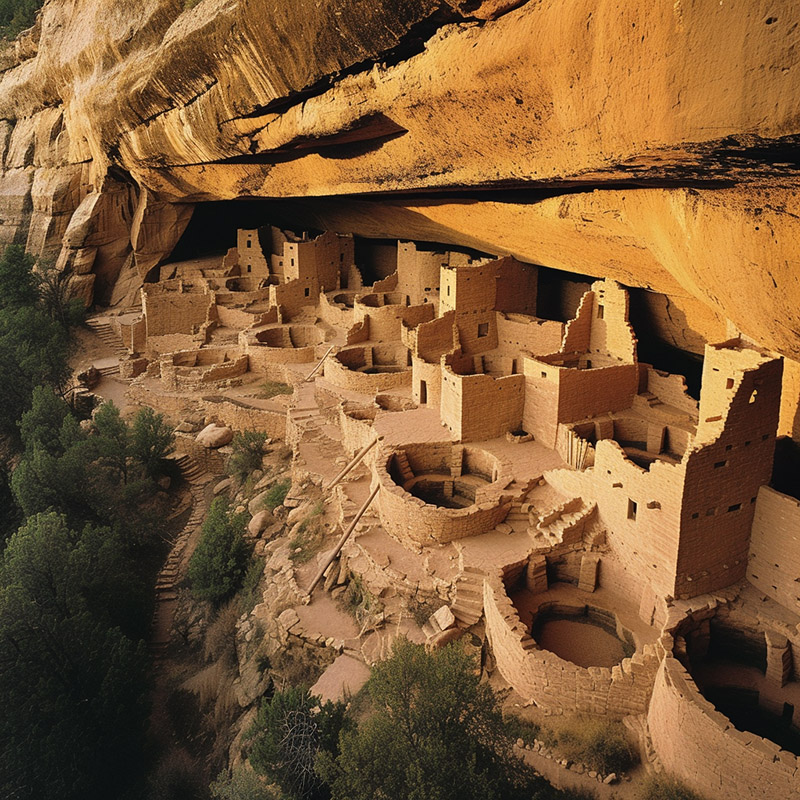
Studying the Archeology of Mesa Verde
Study of the Ancestral Puebloans through Mesa Verde's cliff dwellings provides evidence of sophisticated architecture, agriculture, and social structure in the North American Southwest. Researchers are particularly interested in the reasons behind the sudden abandonment of these sites in the 13th century.
10. Chichen Itza, Mexico
A large Mayan city famous for its El Castillo pyramid, which demonstrates the Maya's astronomical and architectural expertise.
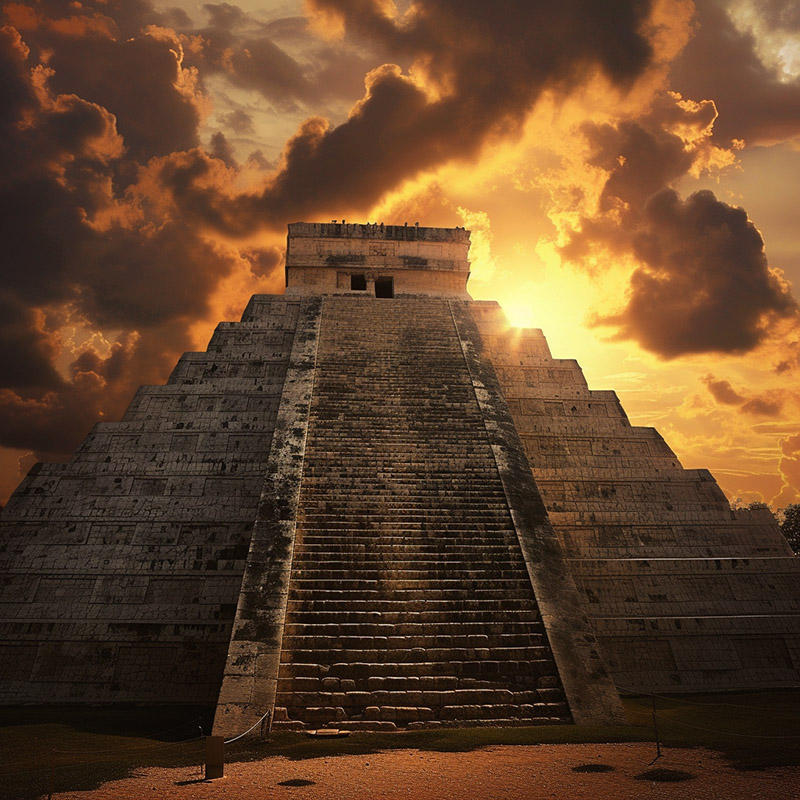
Studying the Archeology of Chichen Itza
Chichen Itza is a focal point for understanding the Maya civilization's astronomical knowledge, religious practices, and social hierarchy. Research into the site's architecture and inscriptions offers insights into the Maya calendar system and their collapse, contributing to broader discussions on sustainability and climate change.
